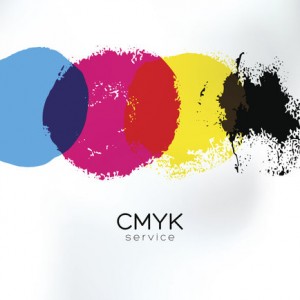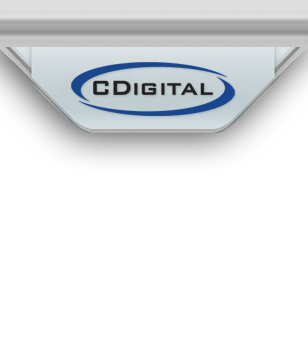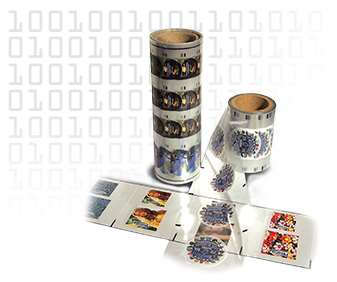
CMYK is simply an acronym used to describe the four-color printing process used in digital heat transfers involving Cyan, Magenta, Yellow, and black, which is the Keyline color.
Digital heat transfer decorating is a form of product decorating that solely relies on combinations of heat, dwell time and pressure to apply a pre-printed graphic or image to part of an object. It is the perfect choice for contract decorators and manufacturers who are looking for a simple, cost effective, high quality and consistent product decoration. So, when did this technology begin to evolve?
History
“Screen Printed” heat transfers were initially introduced in the early 1960s. The original applications were commonly applied to soft, vinyl-like materials like checkbook covers and eyeglass cases. Throughout the late ‘60s and early ‘70s, screen printed heat transfers saw an increase in popularity among the plastic molding industry for appliance and consumer products. Suddenly, people understood what a positive difference a heat transfer could make to a product by adding a company logo, increasing value.
Before the use of heat transfer technology, messy wet ink printing was the only option available in regards to screen printing. Traditional screen printing options using stencils are still available today, but don’t make a ton of sense to use considering how screen printing has completely evolved thanks to the digital age. Digital printing is faster, dryer (mess-free) and incredibly cost effective whereas traditional screen printing is messy, time consuming and costly. Throughout the ‘80s and ‘90s, heat transfers continued to surge in popularity as manufacturers took notice of more added benefits. This continues to grow with the introduction of digitally produced heat transfers in the 2000’s. This decorating process can be accomplished next to the molding press, as opposed to in a separate climate controlled area – resulting in lower labor, storage and material handling costs.
The Process
A digital heat transfer is a dry process that uses heat and pressure to apply a pre-printed digital graphic (transfer) to a part or product. Each transfer is printed at 1200 dpi and 266 lines per inch using the cmyk+w spectrum. This makes the ability to hit over 10,000,000 colors with fluid gradients EASY! Talk about amazing. The process is digital, thus requiring no messy cleanup and has proven to produce excellent coverage and accuracy.
Fast and Affordable Product Decoration with CDigital
Since 2001, CDigital has been an innovator in developing new systems and processes for using digital print technology to produce full color digital heat transfers for the product decoration industry. Because we are both local and fully digital, we can turn jobs around faster and for less money than both overseas printers and local screen or pad printers.
If you have any questions, please contact CDigital by calling 410-646-7800. For customers new to using heat transfers, Cdigital is happy to connect you with heat transfer equipment manufacturers whose machines will work best with our patented film.
Tags: CDigital, digital heat transfer, graphic design, history of digital heat transfer, history of printing methods, Product Decoration

